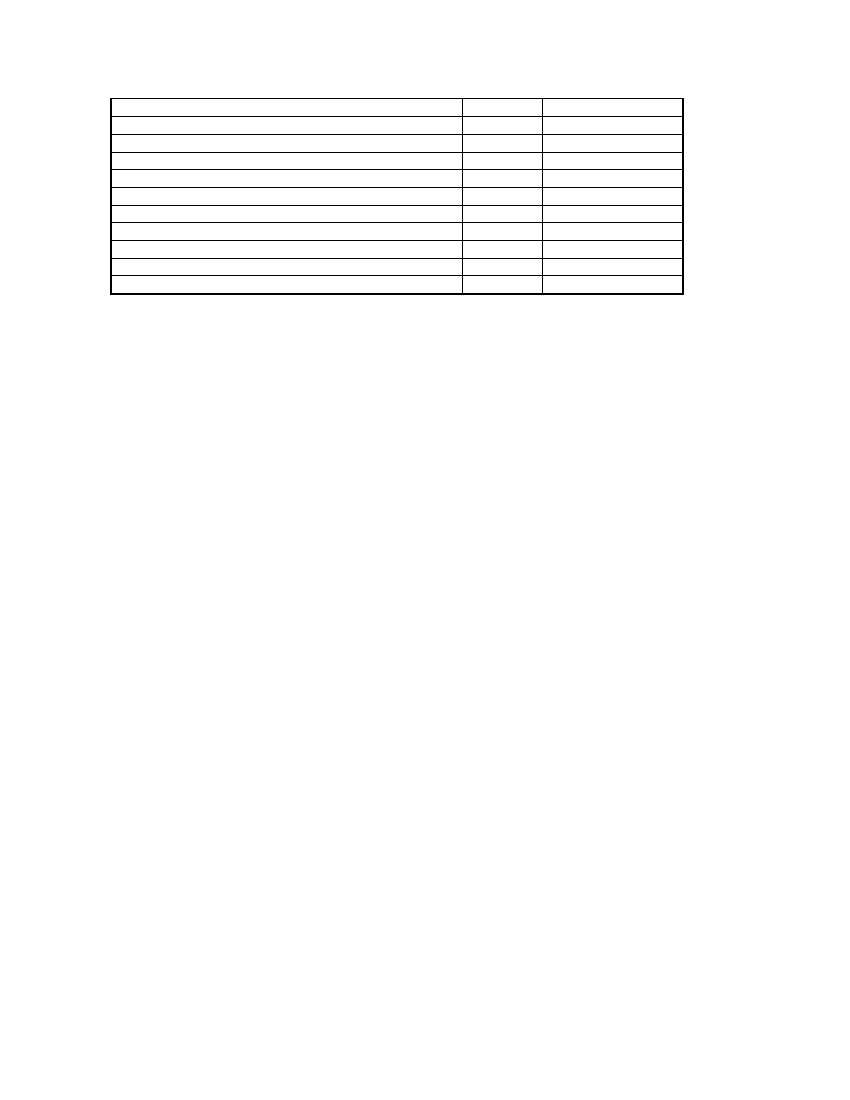
Specific gas consumption per kWh
Engine output
Operating time
Gas demand
5. Miscellaneous consumers
Gas demand
Anticipated increase in consumption (%)
Total biogas demand
1st-priority consumers
2nd-priority consumers
3rd-priority consumers
.............
.............
.............
.............
...............
...............
...............
...............
...............
...............
...............
The following alternative modes of calculation are useful:
Determining biogas demand on the basis of present consumption
. . ., e.g. for ascertaining the cooking-energy demand. This involves either measuring or inquiring as
to the present rate of energy consumption in the form of wood/charcoal, kerosene and/or bottled
gas.
Calculating biogas demand via comparable-use data
Such data may consist of:
- empirical values from neighboring systems, e.g. biogas consumption per person and meal,
- reference data taken from pertinent literature (cf. chapter 5.5), although this approach
involves considerable uncertainty, since cooking-energy consumption depends on local
culture-dependent cooking and eating habits and can therefore differ substantially from
case to case.
Estimating biogas demand by way of appliance consumption data and assumed periods of use
This approach can only work to the extent that the appliances to be used are known in advance,
e.g. a biogas lamp with a specific gas consumption of 1201/h and a planned operating period of 3
in/d, resulting in a gas demand of 360 l/d.
Then, the interested party's energy demand should be tabulated in the form of a requirements list
(cf. table 4.1). In that connection, it is very important to attach relative priority values to the various
consumers, e.g.:
1st priority: applies only when the biogas plant will cover the demand.
2nd priority: coverage is desirable, since it would promote plant usage.
3rd priority: excess biogas can be put to these uses.
4.2 Determining the biogas production
The quantity, quality and type of biomass available for use in the biogas plant constitutes the basic
factor of biogas generation. The biogas incidence can and should also be calculated according to
different methods applied in parallel.
Measuring the biomass incidence (quantities of excrement and green substrate)
31